Smoked paprika and regular paprika differ primarily in their drying process, which creates distinct flavor profiles. Smoked paprika is dried over wood fires, giving it a rich, smoky flavor, while regular paprika is air-dried, resulting in a milder, sweeter taste. This guide explains when to use each type, how to substitute them, and which to buy for your cooking needs.
Table of Contents
Introduction
Paprika might look like just another red powder on your shelf, but don't let its humble appearance fool you. This vibrant spice packs a punch — both in color and flavor — and plays a starring role in cuisines from Hungary to Spain to Mexico. Whether you're making paella, goulash, or a smoky BBQ rub, knowing which paprika to use can make all the difference.
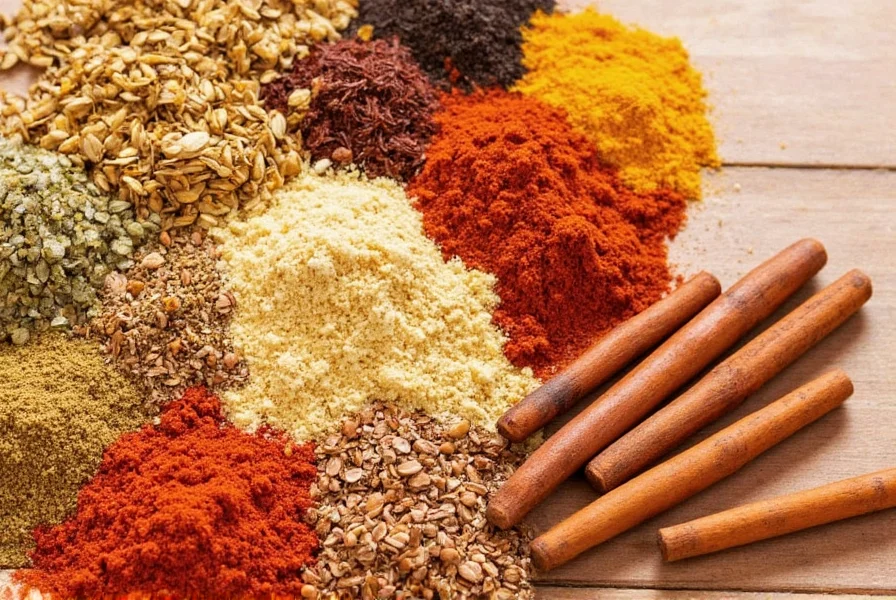
What Is Paprika Anyway?
Paprika starts life as dried, ground peppers — usually bell peppers or chili peppers, depending on the type. It originated in Central and South America and was brought to Europe by explorers. Over time, regional variations developed, giving rise to sweet, hot, and smoked versions we know today.
The Basic Types of Paprika
- Sweet (Regular) Paprika: Mild, slightly sweet, and often used for color and subtle flavor.
- Hot Paprika: Made with spicier pepper varieties; adds heat and depth.
- Smoked Paprika: Dried over oak fires, giving it a rich, earthy, and smoky flavor.
The Great Divide: Smoked vs Regular Paprika
At first glance, they might seem interchangeable. But once you understand how each is made, the differences become clear — and delicious.
| Type | Drying Method | Pepper Used | Heat Level | Flavor Notes |
|---|---|---|---|---|
| Regular Paprika | Air-dried | Mild peppers | Mild | Sweet, fruity, earthy |
| Smoked Paprika | Smoke-dried | Chili peppers | Mild to medium | Smoky, woody, deep |
Flavor Profiles Compared
Let's break down the taste game:
- Regular Paprika: Often used for its bright red color and gentle flavor. Think of it as the quiet friend who brings balance without stealing the spotlight.
- Smoked Paprika: The bold storyteller at the dinner table — it brings fire-roasted warmth and a depth of flavor that transforms dishes instantly.
Taste Test: A Side-by-Side Breakdown
Try this experiment: Sprinkle a pinch of each on a piece of buttered toast and taste them back-to-back. The regular will be slightly sweet and mellow, while the smoked version will hit you with notes of campfire and char.
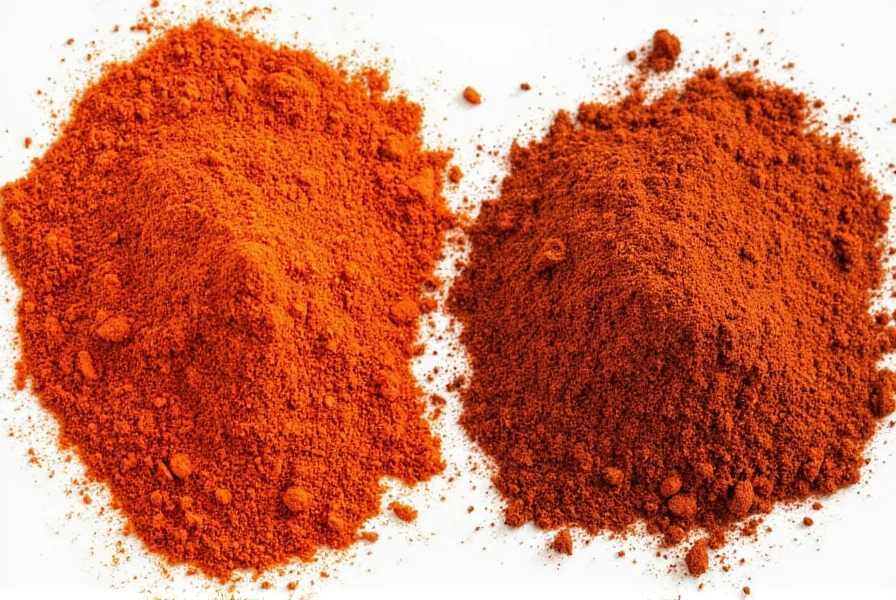
How to Use Them in Cooking
Now that you know what each one brings to the table, let's talk about how to use them effectively in the kitchen.
Best Uses for Regular Paprika
- Color boost in creamy sauces (like deviled eggs)
- Mild seasoning for soups and stews
- Rubbing onto chicken before roasting
- Classic Hungarian goulash
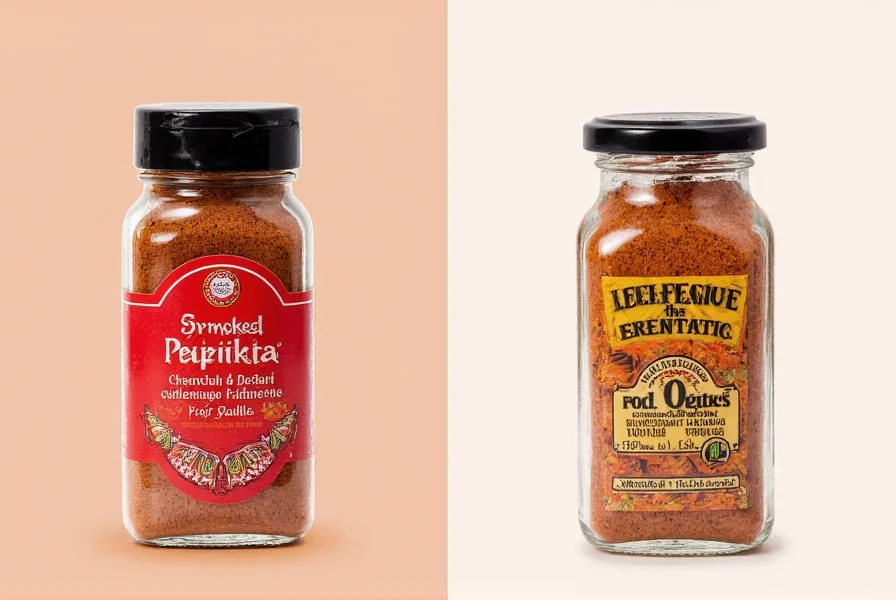
Best Uses for Smoked Paprika
- Paella (especially seafood paella)
- BBQ dry rubs and marinades
- Charcuterie boards and cured meats
- Smoky tomato sauces
- Spiced nuts and snack mixes
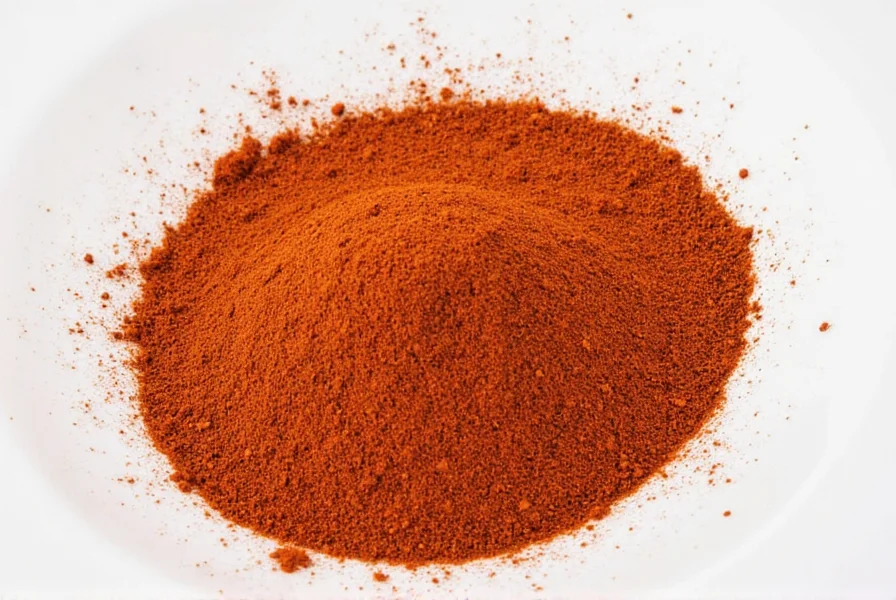
Buying Guide: Choosing the Right Paprika for You
With so many brands and varieties out there, how do you pick the perfect paprika for your pantry? Here's your go-to guide:
Top Picks for Regular Paprika
- McCormick Culinary Sweet Paprika: Affordable and widely available. Perfect for everyday cooking and adding color.
- Trader Joe's Paprika: Great value and clean label — ideal for home cooks.
- Davidson's Safest Choice Paprika: Pasteurized for safety, great for those with kids or dietary concerns.
Top Picks for Smoked Paprika
- La Chinata Smoked Paprika (Pimentón de la Vera): Premium quality, intensely smoky, and sourced from Spain. Worth every penny.
- Badia Spanish Smoked Paprika: Budget-friendly but still delivers authentic smokiness.
- MexGrocer Smoked Paprika: Slightly spicier, great for Latin-inspired dishes.
Things to Look for When Buying
- Country of Origin: Hungarian paprika is known for its sweetness; Spanish (especially Pimentón de la Vera) is famous for smoking techniques.
- Grind Size: Fine powders blend easily; coarser grinds work better for rubs.
- Flavor Classification: Check if it's labeled as "sweet," "hot," or "bitter" — this varies by region.
- Packaging: Air-tight containers preserve freshness and flavor longer.
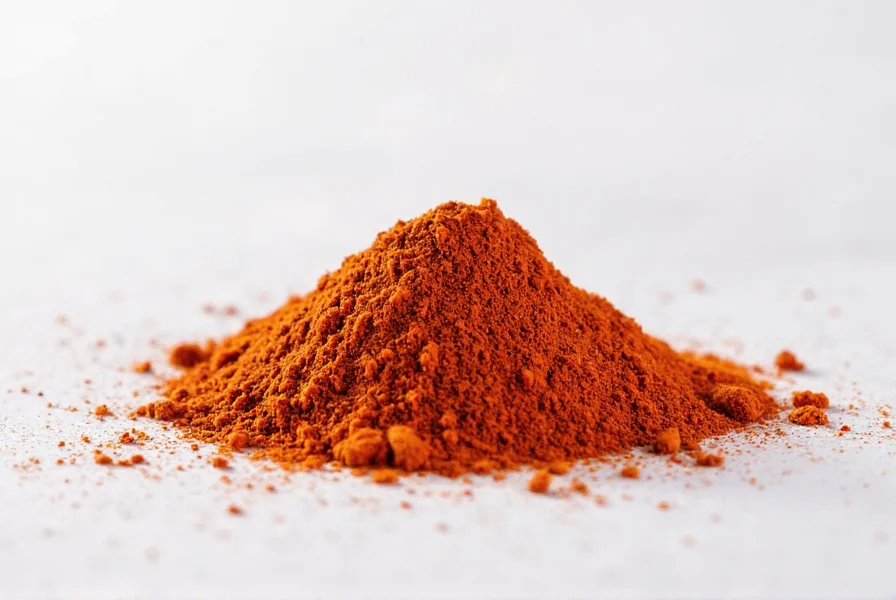
Frequently Asked Questions
What's the main difference between smoked and regular paprika?
The fundamental difference lies in the drying process. Regular paprika is air-dried, resulting in a mild, sweet, and slightly earthy flavor. Smoked paprika is dried over oak or other wood fires, infusing it with a distinctive smoky flavor that adds depth and complexity to dishes.
Can I substitute smoked paprika for regular paprika (and vice versa)?
You can substitute them, but with caution. Replacing regular paprika with smoked will add a smoky dimension that may not be desired in certain dishes (like Hungarian goulash). If substituting smoked for regular, use about half the amount to avoid overpowering the dish. The reverse substitution (regular for smoked) will eliminate the smoky flavor that's essential in dishes like paella or BBQ rubs.
Does smoked paprika have more heat than regular paprika?
Not necessarily. Both types come in sweet, mild, and hot varieties. The smokiness doesn't correlate with heat level. Spanish smoked paprika (Pimentón) is often mild, while some Hungarian regular paprika can be quite hot. Always check the label for "sweet," "mild," or "hot" designations regardless of which type you're buying.
How long does paprika last before losing flavor?
Paprika typically retains its best flavor for 6-12 months. After this period, it gradually loses potency and color. To maximize shelf life, store in an airtight container away from heat and light. Smoked paprika tends to hold its flavor longer than regular paprika due to the preservative qualities of the smoking process. According to USDA food safety guidelines, proper storage prevents contamination and maintains quality.
Which paprika should I use for chicken dishes?
It depends on the flavor profile you want. For traditional roasted chicken or chicken paprikash, regular sweet paprika is ideal. For grilled, BBQ'd, or smoked chicken preparations, smoked paprika will enhance those cooking methods beautifully. Many chefs actually use a combination of both for layered flavor in chicken dishes.
Is paprika gluten-free?
Yes, pure paprika is naturally gluten-free as it's simply ground peppers. However, some brands may process their spices in facilities that handle gluten-containing products, so check labels if you have severe gluten sensitivity. Some flavored paprika blends might contain additives with gluten. The FDA confirms that pure spices are naturally gluten-free.
How should I store paprika to maintain freshness?
Store both types of paprika in airtight containers away from heat, light, and moisture. The refrigerator is ideal for long-term storage (6+ months), while a cool, dark pantry works well for shorter periods. Never store spices above the stove where heat can degrade their quality. Following USDA storage recommendations ensures maximum freshness and safety.
Final Thoughts
In the smoked paprika vs regular debate, there's no single winner — just different tools for different jobs. Regular paprika brings subtle sweetness and eye-catching color, while smoked paprika adds drama, depth, and a hint of outdoor adventure. Both deserve a place in your kitchen — just like salt and pepper.
So next time you're staring at your spice rack wondering which one to grab, remember this: if you want comfort, reach for regular. If you want character and complexity, grab the smoky stuff. Either way, your food will thank you.
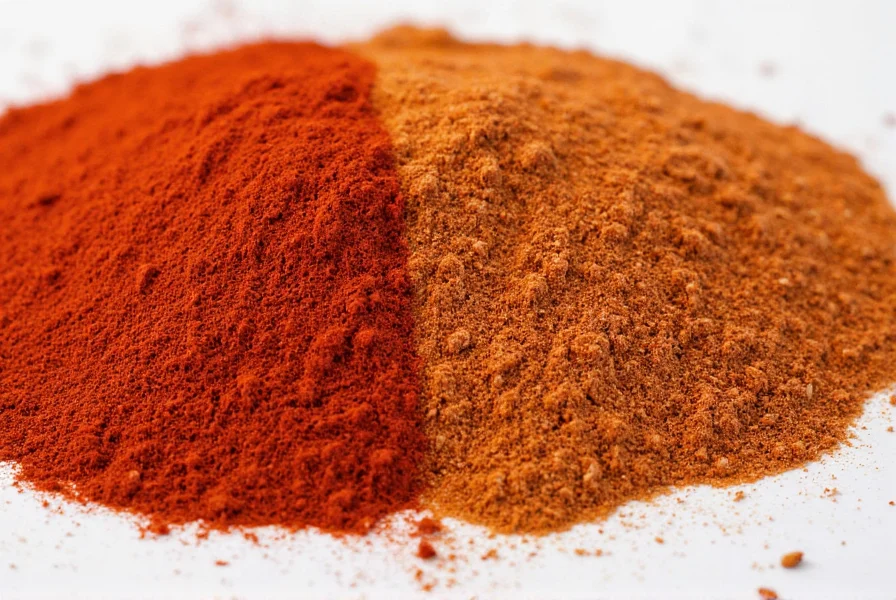
Happy cooking!

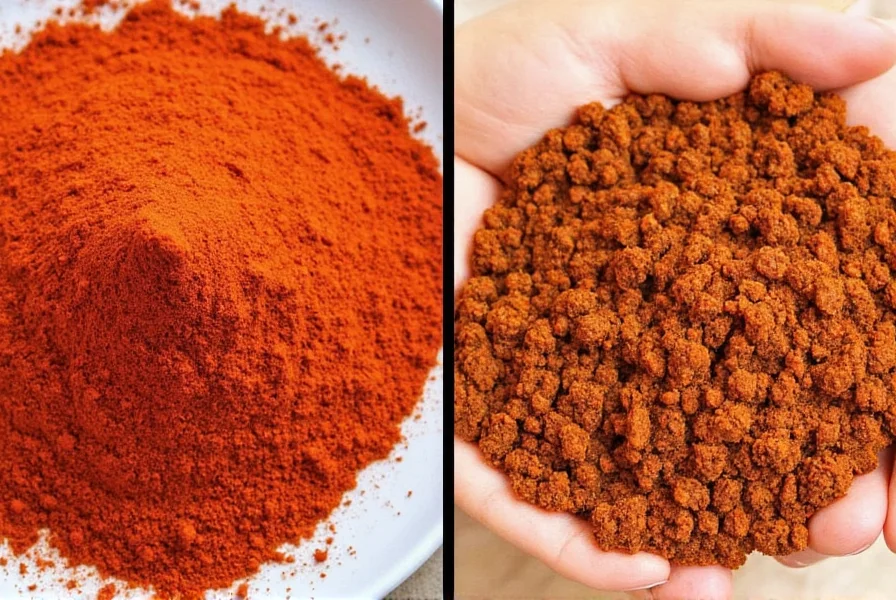









 浙公网安备
33010002000092号
浙公网安备
33010002000092号 浙B2-20120091-4
浙B2-20120091-4